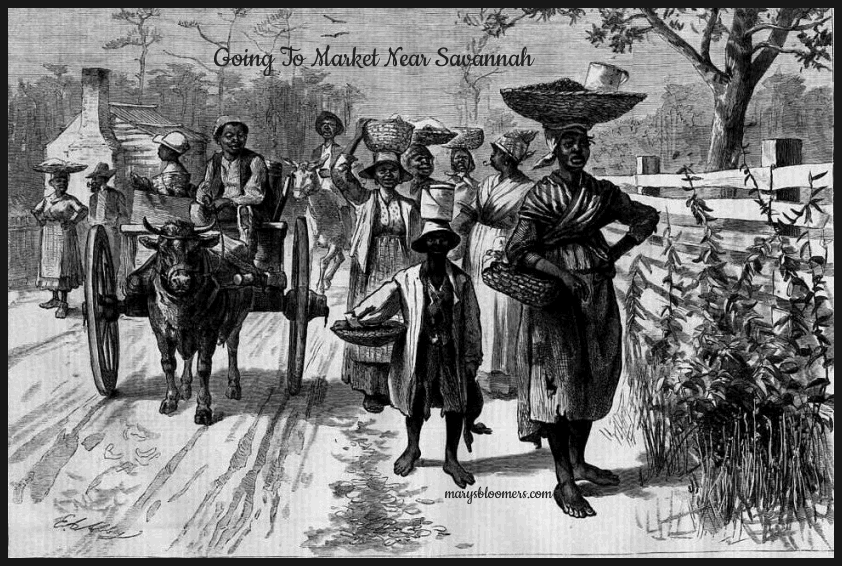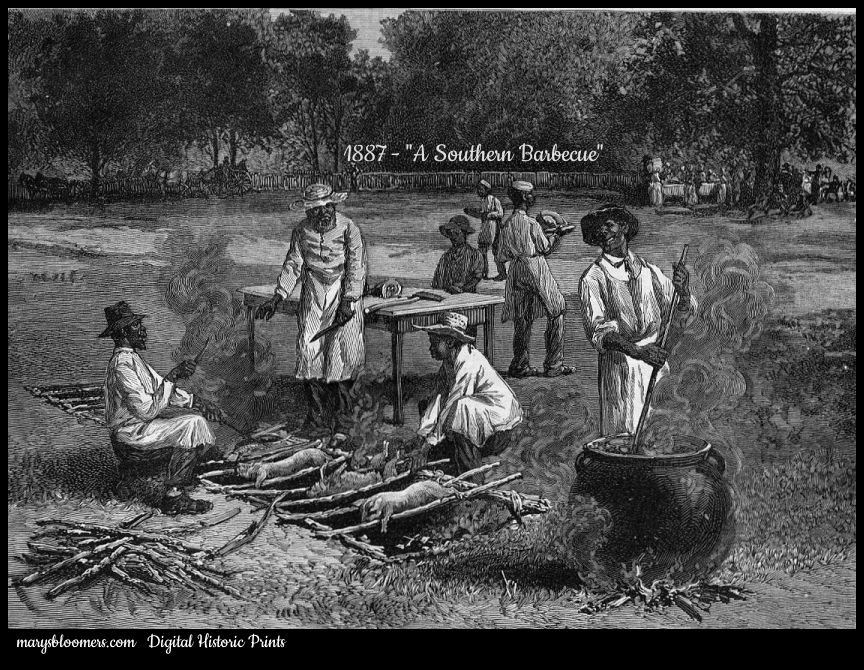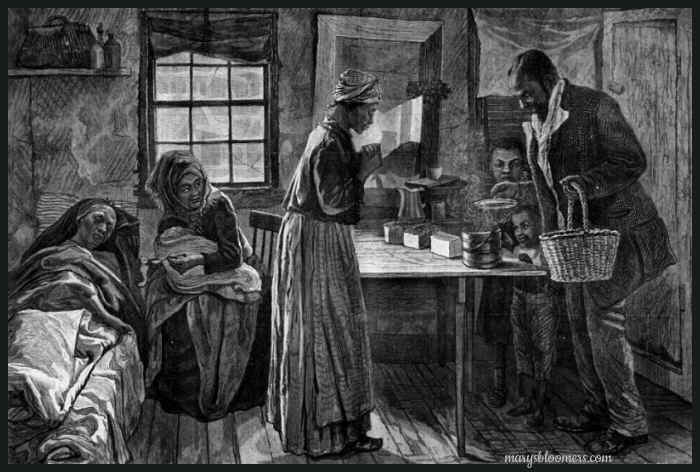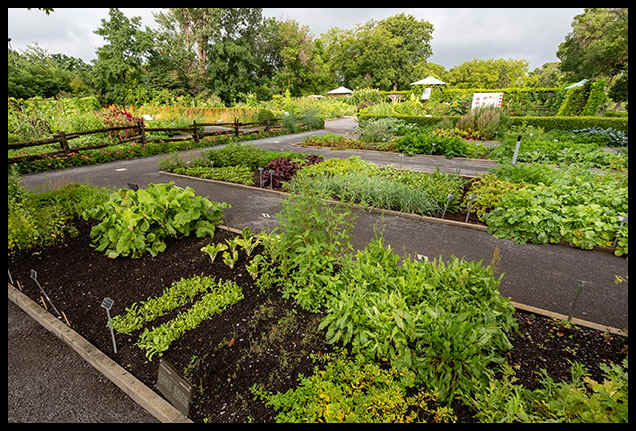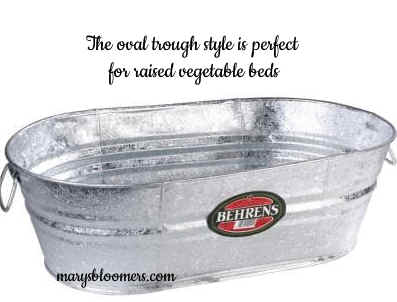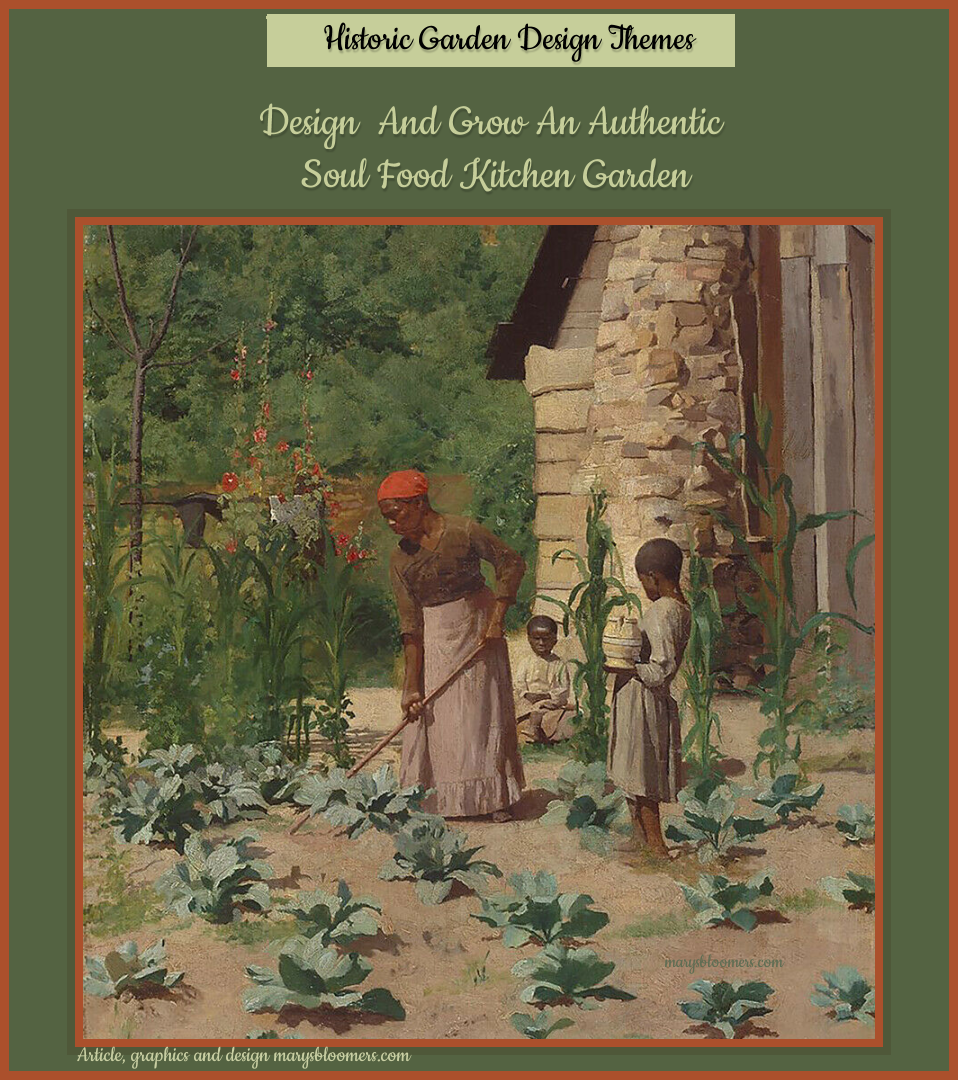 |
|
The graphic above is from a painting called "The Way They Live", by Thomas Anchutz, 1879
Soul food has its origins mostly in the Deep South during the Slave Trade era. Enslaved African people in America were given meager food rations that were low in quality and nutritional value. Just enough to keep them alive and working long days on the plantations. With these rations, enslaved people preserved African food traditions, and adapted traditional recipes with the resources available. Over time, these recipes and techniques have become the Soul Food dishes we are familiar with today. Soul Food is associated with comfort, but it was borne out of struggle and survival. Slave rations were typically doled out once a week. The enslaved got five pounds of starch - which would be cornmeal, rice, or sweet potatoes; they got a couple of pounds of smoked, salted, or dried meat, which could be beef, fish, or pork—whatever was cheapest—and a jug of molasses. The enslaved had to figure out how to supplement their diet, so they gardened, foraged, and fished to get extra food. But for a lot of them, it was really about just eating a lot of vegetables. This page is specifically about the
cuisine, and how to grow a Soul Food Garden, easily.
We tend to celebrate the culinary contributions that immigrant cultures have brought us. Yet we haven't really celebrated the culinary contributions of "forced immigrants". There were many forced immigrants from African and Carribbean areas of the world, and each has it's distinct style of cuisine. I will be writing about the coastal Gullah folks' cuisine in another article. A typical soul food meal was either smothered or fried chicken; some kind of pork—perhaps a smothered pork chop, it could be chitlins, it could be ham hocks or pork necks; and then usually some kind of fish, many fried. Side dishes would be greens, and there would also be candied yams, black-eyed peas, and mac and cheese, cornbread, hot sauce, and some kind of red drink. (In soul food culture, red is a color and a flavor). For dessert, the standards are banana pudding, pound cake, peach cobbler, and sweet potato pie. Forget the marshmallows on top and pecan pie - they didn't exist as part of the slave's diet or available to them as ingredients.
When I was a lot younger, i used to take my Friday lunchbreaks at nearby ethnic restaurants in lower Manhattan. There was one place that became a favorite.... Jack's Nest. It specialized in Soul Food. I didn't know that the stuff I called "comfort food" had another name and a heritage. My favorites were fried chicken, fried catfish, mac and cheese (not the slop we're used to, but a seasoned creamy, usually white and cheezy dish topped with buttery breadcrumbs), hot biscuits, and slow pit-roasted barbecued ribs. My favorite characteristic of soul food was the that it made me feel good, full, and as sedated as I get after eating Thanksgiving dinner. On occasion, when i visited the deep south, I discovered that the best ribs (which i always associated with my Soul Food) were slow-roasted in pits for hours, alongside the rest of the pig, used mostly for pulled pork. Rib shacks were something you had to discover. They opened their doors to the public only just before those ribs were due to be fully cooked and ready to serve and eat. You could find these little rib shacks on many backroads, seemingly in the middle of nowhere, and a well-known secret that very few folks would share with outsiders. You had to "know someone". These little shacks were no frills dining at its best. There were no booths or dining counter inside - you ate outside if you can stand the humidity, or you sat at a handful of mismatched tables and chairs inside. There was no picnic table outdoor seating. There were no servers. You paid a person for your meal and got it yourself from the pans. The sides were cooked at home and brought into most places. I never saw what I'd call an actual kitchen - i saw frying utensils behind the counter. In the heat of August, these bbq pit places closed down - it was just too hot to have a 10 hr. fire tended. One little place, in particular, offered a one price deal.... everything in your dinner was one particular price - dinner, sides, drink, and dessert, whether you actually wanted all of those things or not. Stars of Soul Food - The Main Ingredients Soul food has a rich and important history that ties Black culture to its African roots, and that history is reflected in the staple recipes and techniques. In soul food cooking, there are four key ingredients that establish a historical link to America’s dark slavery past and the African cultures that the enslaved carried with them. Okra Okra is a cornerstone of southern American cooking despite its African roots. The slimy green vegetable (I can't stand it unless it's in a gumbo) has a deep history, likely originating from Ethiopia. Over the centuries the vegetable made its way through the Middle East, North Africa, and even South Asia. It wasn’t until the 18th century when Okra made its way to the Americas through the slave ships. Historically, okra has been used as a soup thickener, a coffee substitute, and even as a material for rope. Okra is still used today in a variety of African soups, stews, and rice dishes. While it is usually served fried in the Deep South, many are most familiar with okra as an ingredient in gumbo, a rich and savory stew usually consisting of some sort of meat or seafood, vegetables, and served with rice. Rice Prior to the slave trade, America did not have rice crops. Slave traders intentionally took several crops native to Africa, and made limited portions of these foods available on the slave ships, in order to keep the enslaved alive. Once in the Americas, the enslaved Africans grew these crops on the plantations as food sources that would keep their energy up during the long days of hard labor. The transport of the African variety of rice set the foundation for the most notable southern American culinary traditions. Since rice is a staple in many African dishes, enslaved Africans adapted their cooking in the Americas with the food items that were most accessible, creating some of the most renowned soul food staples.
Pork The cheapest, least desired cuts of pork – such as the head, ribs, feet, or internal organs were reserved for the slaves’ weekly food rations. Otherwise destined for the master's trash or for pig slop. To mask the poor flavor of the meat, enslaved people drew from their traditional African cooking and used combinations of seasonings on their meat. A mixture of hot red peppers and vinegar was very common, and this flavoring has served as the base of many different barbecue sauces that are still used in the South.
Greens. Lots and lots of healthy
leafy greens During the slavery era, collard. mustard and turnip greens were boiled in pork fat and seasoning with a combination of whatever vegetables were available at the time. The juices left over from the cooking process, known as “potlikker”, was soaked up and eaten with cornbread. This style of eating is reminiscent of various traditional dishes in Africa. Many African countries have a practice of dipping a staple starch like cornbread or bisquits into a vegetable gravy or broth. Sometimes, dumplings were boiled with the greens.
The greens most used in Soul Food are cabbage, collards, mustard, turnip, and kale. Soul food is very different from Southern cuisine.... Soul food tends to be more intense in in flavors and seasoning. Typically, it’s going to have more fat, and it’s going to be sweeter, spicier, and saltier. Southern and Soul Food are a "shared cuisine". In the late 1940's, along with the jazz age, "soul" started to become a label for almost all aspects of black culture: soul music, soul brothers and sisters, soul food. That's when "soul" began to mean black and "Southern" meant white. Southern cuisine centers a lot of dishes with meat. Meat for the enslaved was mostly scraps, of poor quality, and almost tasteless. That's why seasonings and spices were so important and prevalent in creating Soul Food cuisine. Easy Soul Food Gardens
Can Be Grown in small space gardens and in raised beds Maintenance of the garden is very simple, and you can grow a lot more food in your yard, using the space above and under. Here are a few I own for my strawberry, herb and vegetable beds. The resin garden bed lasts the longest. The cedar lasts me through 3 or 4 northern winters and should be weatherproofed each year. You can plant a square foot vegetable garden in these by marking off the squares or laying a grid. The Keter large elevated planter go together easily, and you can go without the legs on some and put it on the ground. Grow food and flowers all along your fence line by using the large or urban Keter beds. Triple your growing space and crops. You can use space underneath for creeping plants, and can can insert teepees or trellises for climbing plants. These elevated planters make great
small space gardens on patios (my kitchen garden is growing there),
balconies,
If using raised beds on legs or sitting on the soil, you can group your veggies according to their needs - like a box full of root crops, another with vining plants, another for greens. My greens do very well in raised beds, and i stagger my crops. I clip greens as needed, sow more seed every 2 weeks, and I have fresh leafy greens and scallions til Thanksgiving. This is an example of any type of raised bed garden at ground level. I can do more intensive growing in a smaller space with the elevated raised beds. You can create a combination of both, by placing an elevated bed or two within a ground-level bed.
On the sample layout below, Cucumber to Kale means that you would plant kale when the cucumbers are picked, Summer Squash to Turnip means plant Turnips when Squash is done, and so on. Easy Planting Containers Easy raised bed soul food gardens with galvanized tubs - I have 2 large rectangular tub planters and 4 large round ones. You can get entire sets of pre-designed raised bed garden layouts at Home Depot and other home centers made with galvanized steel. I prefer using the old-fashioned tubs. They look more rustic, and less industrial. I have roses, re-blooming irises, a bog flowers and grasses garden, and a water feature in the round ones. Galvanized pails look great when planted with wildflowers and fruit shrubs. Different shapes grouped together looks stunning. They seem to last forever.
Feel free to switch out plants for the one you prefer in your cuisine. If you have room, you can add some corn, and add fruit. You can make your garden any size you like. The vegetable list below is for the veggie garden and can be used to design your food garden. You can plant all of it in elevated garden beds in whatever layout you like. Choose the herbs you use the most in your
salads and dishes, and grow the following
herbs particular to Soul Food cuisine: Vegetable
Planting Dates for Zone 6 (includes Pittsburgh)
from The Old Farmer's Almanac Popular vegetables to grow in a Soul Food culinary Garden If you're an urban-dwelling farmer and lucky enough to be able to raise chickens or other livestock, these garden vegetables and those chickens, etc. are a good beginning for an occasional soul food feast and fresh eggs anytime. Planting a spring and fall crop of greens keeps you healthy, and eating fresh salads and cooked greens for 3 seasons. I clip my greens just when I'm going to use them. They continue to grow if you leave the roots intact, and just clip off the tops. Lettuce isn't mentioned as part of the Soul Food ingredient gardens, but I think you should add a big salad of fresh, sweet, leafy lettuces to your diet often, adding fresh chard and kale, tomatoes, radishes and cucumber. In soul food cuisine, leafy greens plucked from root crops means you get double the ingredients for your dishes - leafy tops anytime, and the root crop when it's mature. You can preserve some of your harvest for winter meals.
Article compiled and written ©2020 Mary Hyland Sources used in the compiled article: Naperville Magazine ***I have
included some images from my curated digital historic woodblock prints and
engravings on this page because i love historic art, and I hope they give
you moments of pause, reflection, and counting of your blessings, as it
did me. History books in many regions of the U.S. were/are intentionally
evasive and ingenuous in their teaching of shameful historical facts. Many
of these historic prints were published by Harper's Weekly in the mid- to
late 1800's. On this page, they are meant to be respectful and depict a
small and painful part of the struggle and the way that we perceived the
kidnap and enslavement of human beings at that time. I found this particular print to be very beautiful and uplifting. One of my favorites.
To read about American Slavery Gardens, visit this page. To learn about African American Heritage Gardens, visit this page. To read about Medieval Serf and Peasant Gardens,
visit
this page.
Design, graphics,
articles and
photos ©2020 marysbloomers.com™
|

